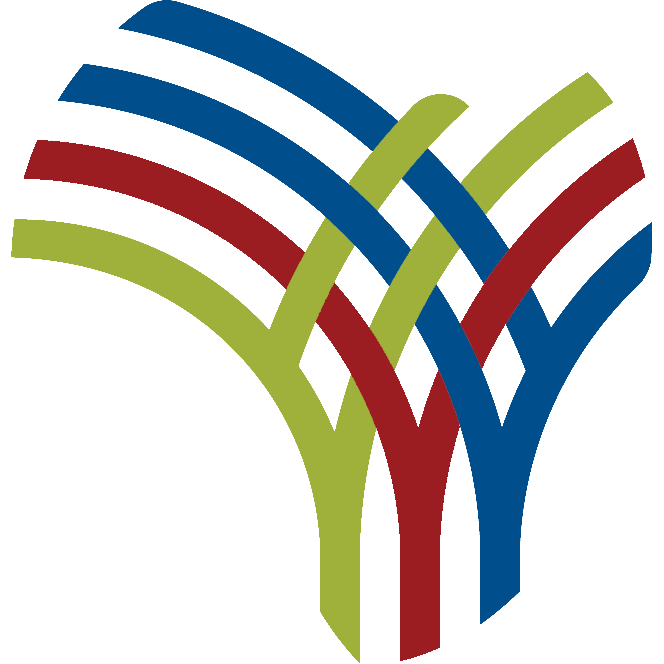Europe’s search for resilient supply chains and Africa’s demand for capital are now intersecting in a place few would have predicted a decade ago: Abu Dhabi.
While Dubai built its reputation as a commercial crossroads, the capital of the United Arab Emirates has emerged as the system integrator of a triangular corridor that now channels money, goods and technology between Europe and Africa. This shift is not cosmetic. It reflects deliberate statecraft backed by sovereign funds, trade agreements and infrastructure operators capable of shaping how two continents connect.
Investment on a new scale
The scale of investment alone captures the change. By value of newly announced projects, the UAE became Africa’s leading foreign investor in 2023, recording more than USD 12 billion in commitments and maintaining the momentum into early 2024. Analysts expect this trajectory to continue in 2025. The drivers are Abu Dhabi’s heavyweight institutions: ADQ and Mubadala have expanded portfolios in agrifood, processing and industrial platforms; ADNOC has shifted its African strategy towards downstream and midstream assets; and the Abu Dhabi Exports Office has underpinned flows of equipment and services.
Egypt illustrates the depth of this approach, with thirty-four Emirati-financed projects worth over USD 27 billion, ranging from infrastructure to manufacturing. This is not opportunistic capital chasing quick returns but a deliberate use of sovereign balance sheets to embed the Emirates into long-term value chains.
A widening treaty framework
Legal frameworks now provide the predictability such projects require. The UAE has concluded Comprehensive Economic Partnership Agreements (CEPA) with Mauritius and, in January 2025, Kenya. The Kenyan deal is especially telling: beyond tariff cuts, it includes chapters on food security, digital trade and services, designed to encourage triangular ventures in which European firms provide technology and compliance, Emirati entities bring capital and logistics, and Kenyan actors execute on the ground.
A similar logic underpins negotiations with the Central African Republic, framed around raising non-oil trade above a baseline of AED 3.67 billion. At the European end, Brussels and Abu Dhabi have agreed to launch talks on a free-trade agreement. If successful, it would align the Gulf node more tightly with the single market and give legal certainty to value chains that increasingly run Europe–UAE–Africa. National partnerships amplify this effect: France has consolidated trade with the Emirates at EUR 8.5 billion in 2023, and Italy has signed a USD 40-billion strategic package with Abu Dhabi covering energy, subsea cables and artificial intelligence.
Ports, zones and reliable routes
These agreements matter because they interact with a logistics footprint that is already continental in scale. Emirati operators now control or manage thirteen African ports across eight countries, with six concessions signed in just the past four years. DP World runs a pan-African network from Dakar to Berbera and Dar es Salaam, while AD Ports has expanded rapidly in Angola and Congo-Brazzaville. These assets are complemented by dry ports, industrial free zones and transport corridors that link hinterland production to maritime gateways. In the Gulf, the KEZAD zone, tied to Khalifa Port allows light processing and re-export under preferential regimes. For European suppliers and African producers, the consequence is a shorter and more reliable route into markets, where logistics and financing are bundled under one roof.
Energy and digital ambitions
Energy provides the ballast for this bridge. Abu Dhabi’s engagement is dual-track: hydrocarbons remain relevant in East and West Africa, but the strategic bet is clearly on renewables and green molecules. Independent studies put Emirati clean-energy pledges in Africa at more than USD 9 billion already deployed and a further 4 to 5 billion pledged through 2030, spread across more than twenty countries. Policy institutes in Europe note that cooperation with the UAE on African renewables, grids and hydrogen corridors may prove more pragmatic than competition, given that bankability and execution are often the bottlenecks. With the EU aiming to import 10 million tonnes of renewable hydrogen by 2030, North–South corridors that connect African generation, Emirati processing and European offtake are moving from concept to project.
The bridge is also digital. Abu Dhabi’s Hub71 and the Mohamed bin Zayed University of Artificial Intelligence export advanced services in fintech, cyber and AI. These capabilities are projected outward through the Gitex franchise, which has expanded from Dubai to Berlin and Marrakech, offering platforms where European and African innovators meet Gulf capital. The symbolism matters: the UAE is no longer positioning itself only as a gateway, but as a neutral meeting ground for ecosystems that rarely interact directly.
In practice, the “bridge” is less a metaphor than an operating system. For European companies under pressure to diversify supply chains, and for African governments seeking bankable partners, the UAE offers a route where contracts, capital and corridors align. The challenge in the next years will not be to prove the model but to scale it without eroding the neutrality that makes Abu Dhabi acceptable to both ends of the corridor.

